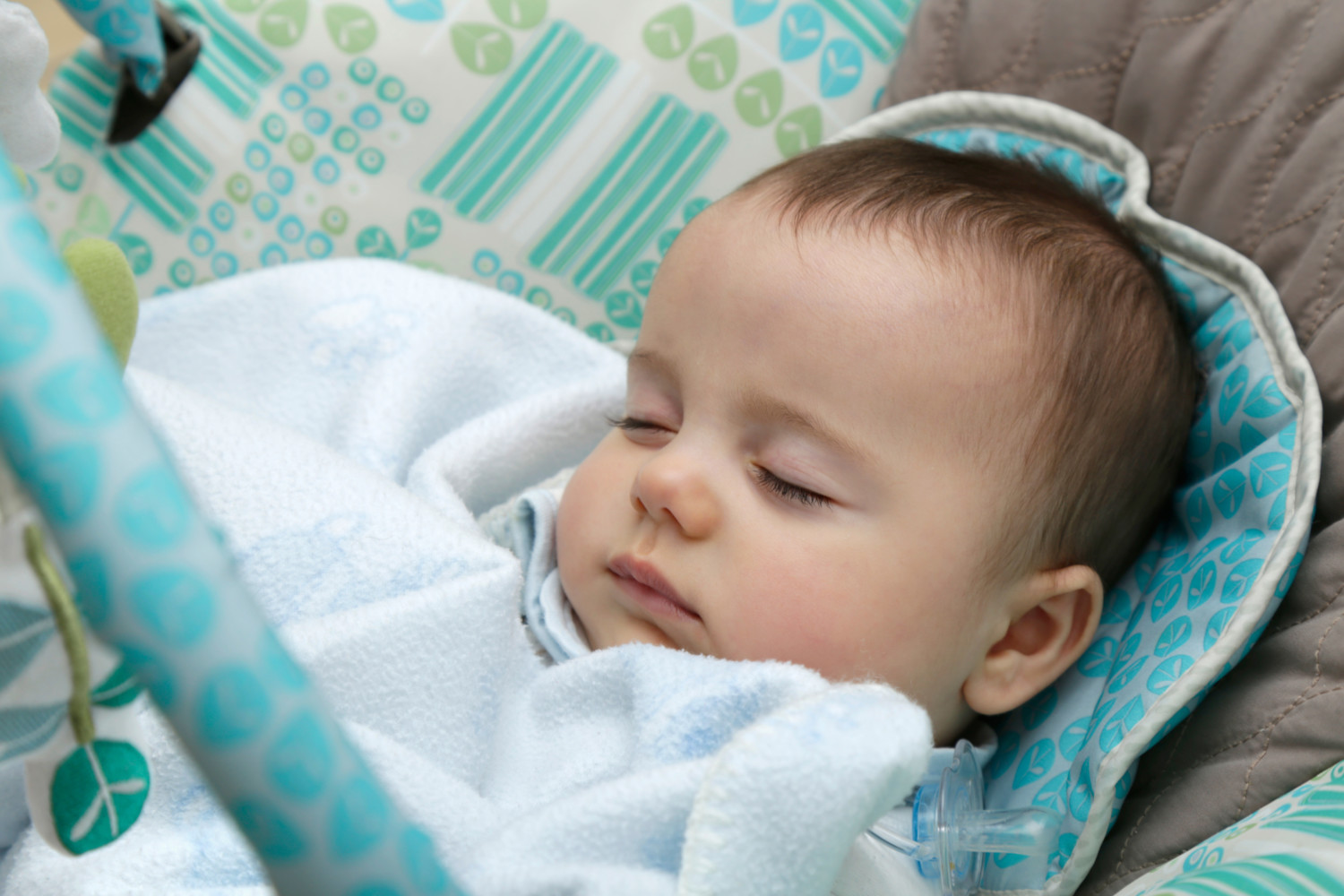Struggling to get adequate sleep for yourself when you have a new baby is a universal issue for parents. When your infant doesn’t sleep well, either, you might look to your pediatrician, friends and family or the internet for help and advice. So, when another parent tells you how much better their baby slept once they got an inclined sleeper, it would only be natural to consider it for your little one. However, doing so could be deadly.
According to the Centers for Disease Control, about 3,500 babies’ lives are lost to sleep-related deaths every year in the U.S. Many deaths can be avoided by incorporating safe sleep practices. For example, along with removing hazards like blankets, pillows, bumper pads or soft toys from a baby’s bed, experts recommend avoiding inclined sleepers.
On May 16, President Joe Biden signed the Safe Sleep for Babies Act into law, prohibiting the manufacture or sale of padded crib bumper pads and inclined sleepers.

The Inclined Sleeper’s Rise And Fall
In 2009, Fisher-Price debuted the Rock’ n Play Sleeper with a 30-degree incline and padded sidewalls. Many parents believed the incline would help their children with acid reflux sleep easier.
The item quickly became popular, but inclined sleepers were linked with at least 94 infant deaths over the next decade, Consumer Reports found. As a result, it launched a comprehensive investigation on the product and published its findings in 2019.
Armed with this information and urging from the American Academy of Pediatrics, the Consumer Product Safety Commission recalled the sleeper on April 12, 2019. Other manufacturers that have issued recalls include Graco, Summer Infant, Delta Children, Evenflo and Kids II.
However, Consumer Reports discovered used incline sleepers for sale on Craigslist and Facebook Marketplace. And until the Safe Sleep for Babies Act was signed into law, other manufacturers could manufacture and sell their inclined infant sleepers.

Why Inclined Sleepers Are Dangerous
Erin Mannen, Ph.D., a mechanical engineer specializing in biomechanics at the University of Arkansas for Medical Sciences, was hired as an independent expert by the Consumer Product Safety Commission to evaluate inclined sleep products. None of the products her team tested were found safe for babies to sleep in.
One reason the sleepers are unsafe is how infants move in them. In some cases, babies have been found on their tummies in the inclined sleepers.
“Our findings are that once babies are in a tummy-down position, they don’t have the strength or energy to move to a safer position,” Mannen told Parents. “It’s a new position for them, and places higher demand on some of their muscle groups, which leads to muscle fatigue. This of course leads to suffocation.”
In other instances, babies’ faces are pressed against the plush sides and cannot breathe properly. With no firm surface to push against, they cannot move away. And a newborn’s heavy head tends to fall forward with the angle of the sleeper.
“We found that any angle above 10 degrees is too steep for infants, whose heads are disproportionately heavy,” Mannen told Parents.
Because an infant’s airway can become blocked when their chin falls to their chest, a baby can suffer asphyxiation.
This does not become a risk in car seats, which are safety-tested and have a greater angle (usually 30-45 degrees) plus a five-point harness to prevent significant position changes.

The American Academy of Pediatrics recommends that “all babies sleep on their back, on a flat, firm, separate sleep surface such as a bassinet, play yard or crib, and to keep the baby’s sleep space free of blankets, bumpers, toys or other objects.”
This story originally appeared on Simplemost. Checkout Simplemost for additional stories.


